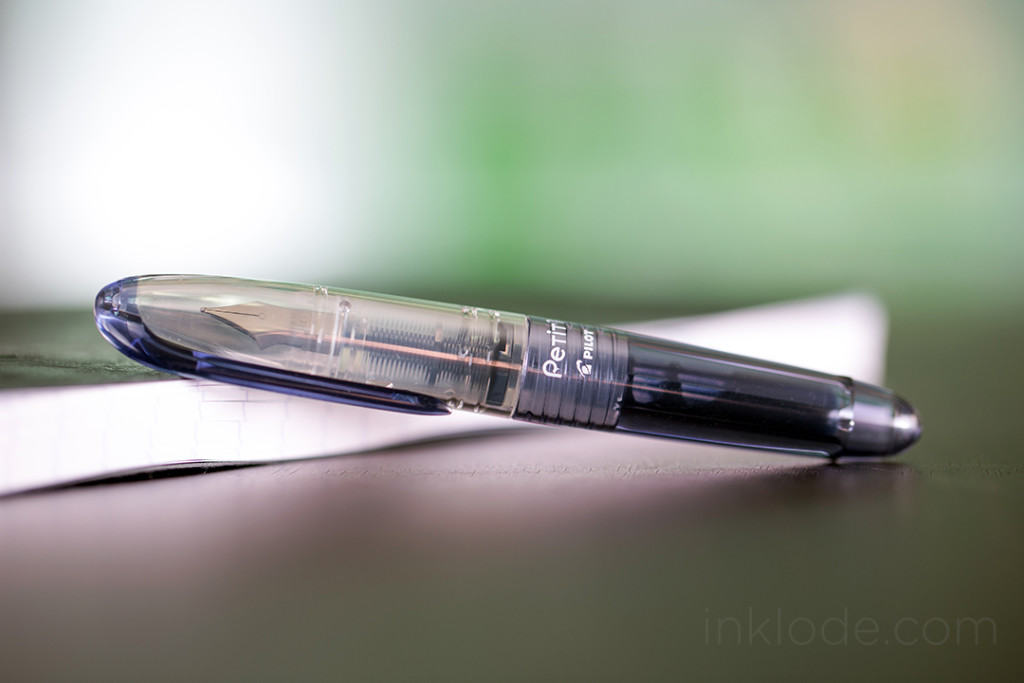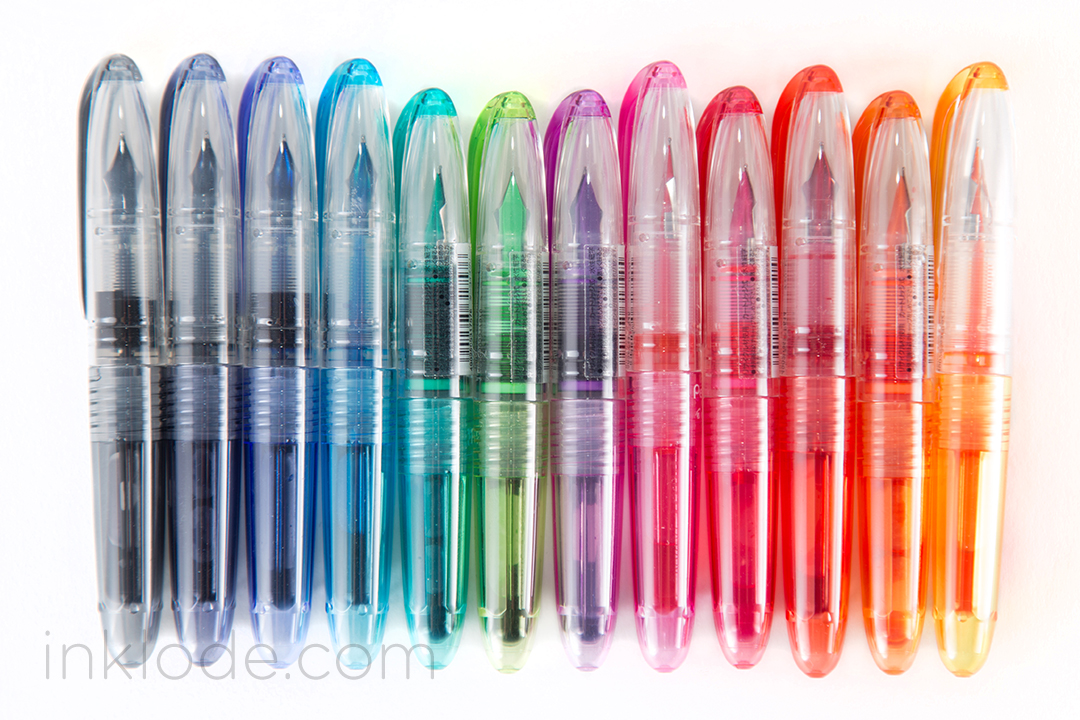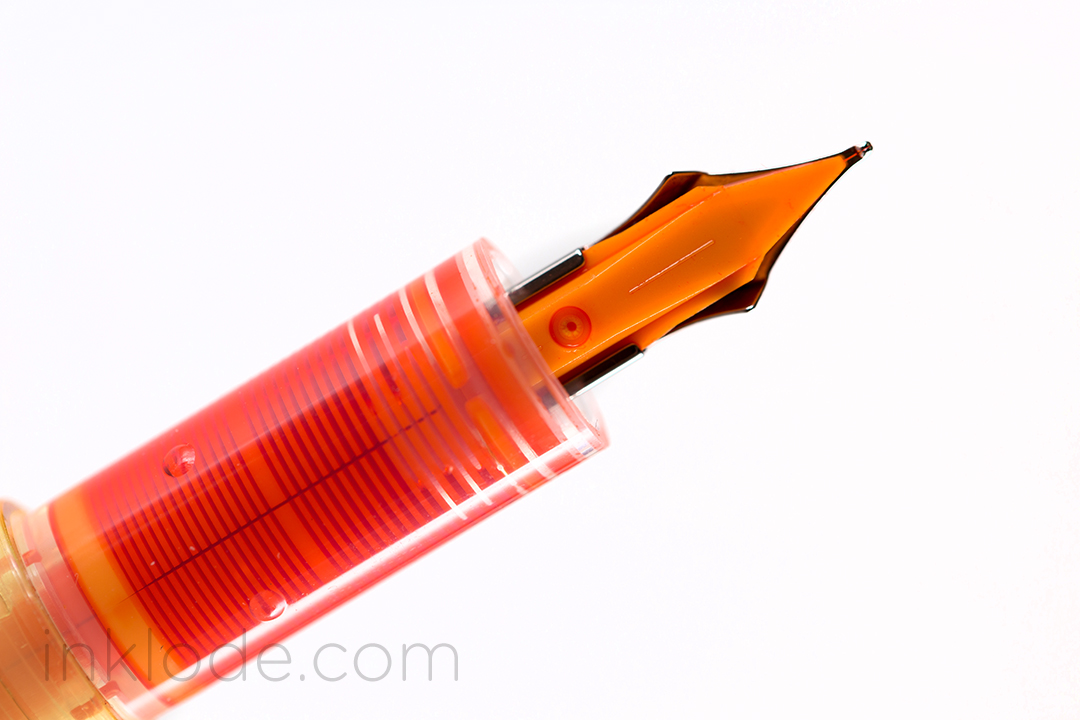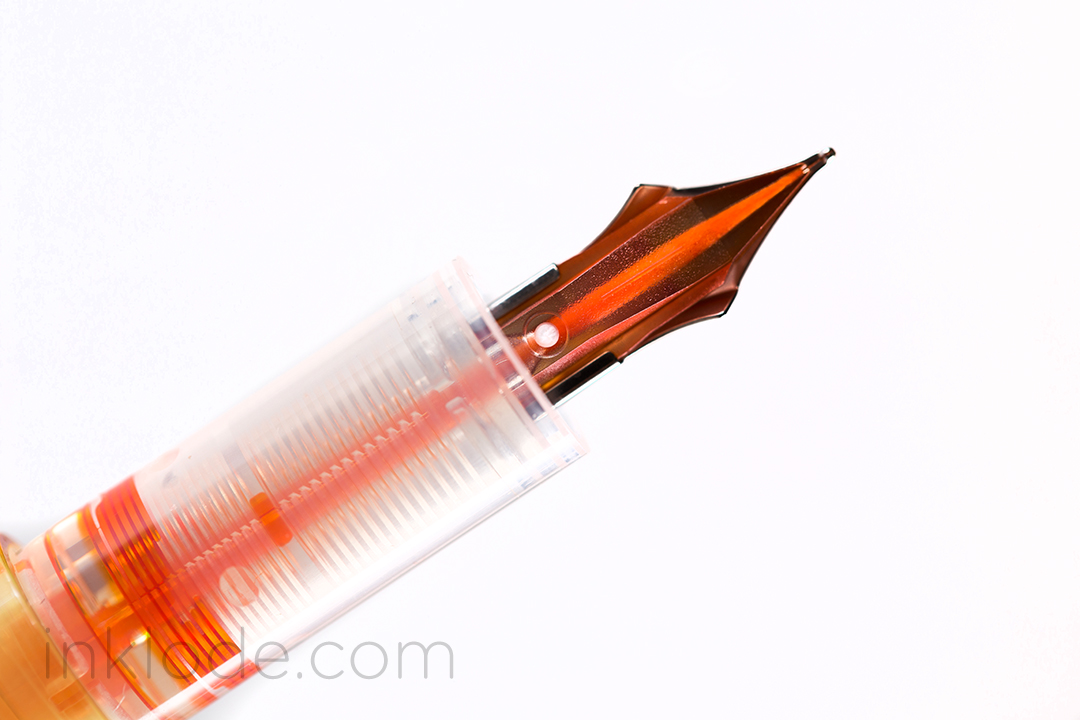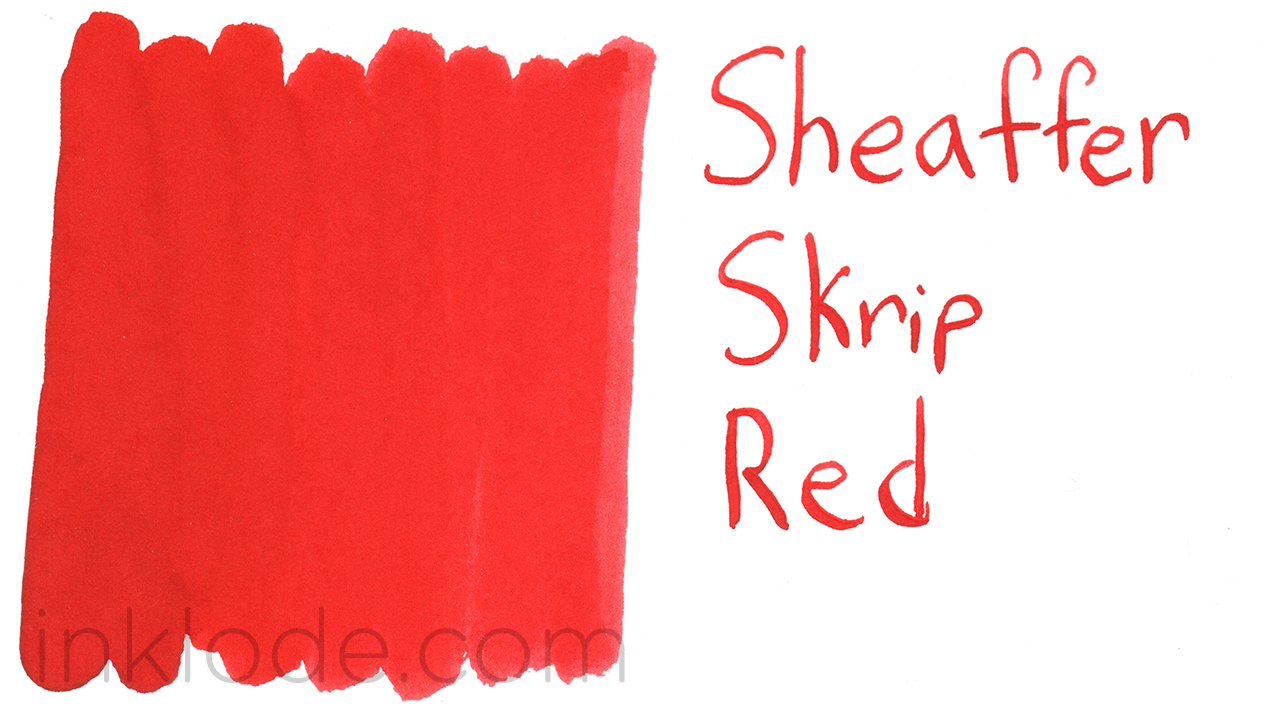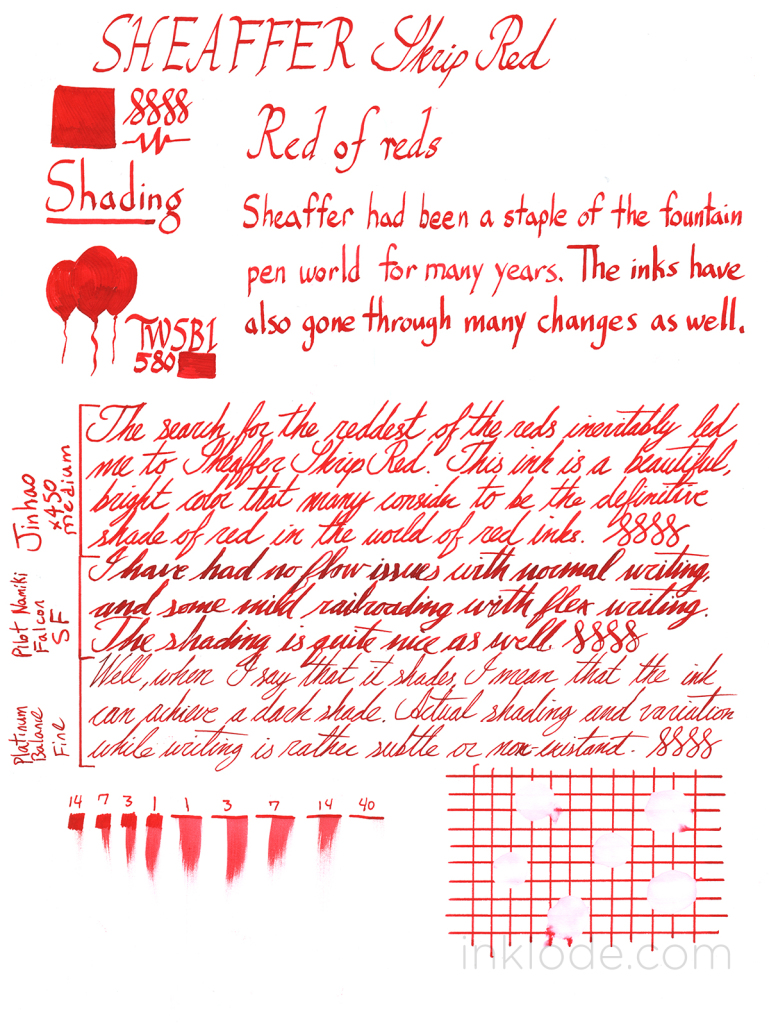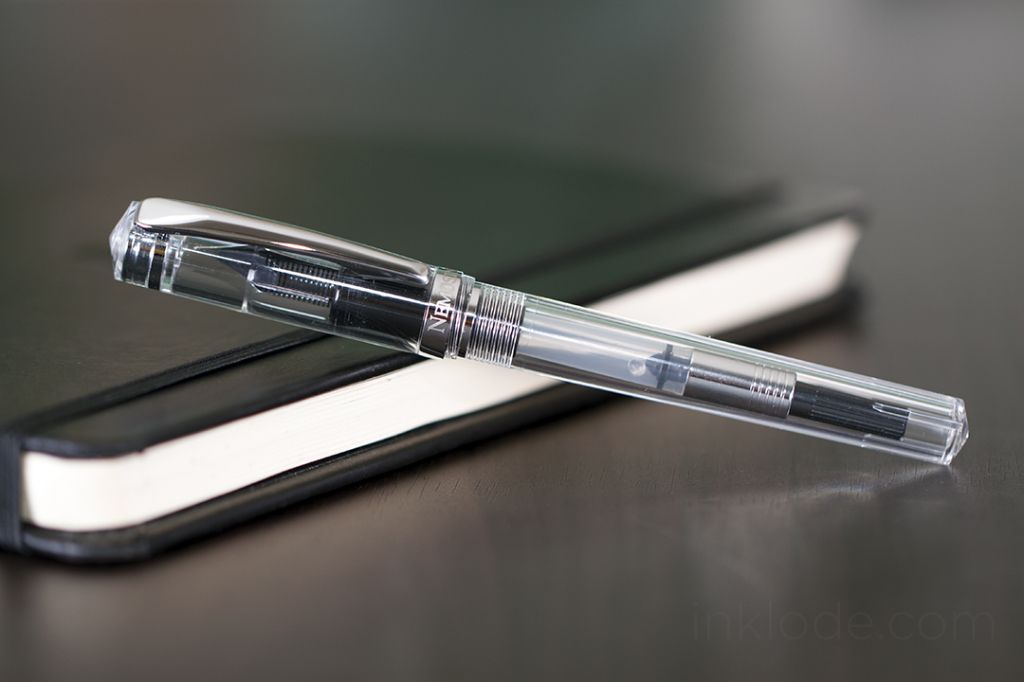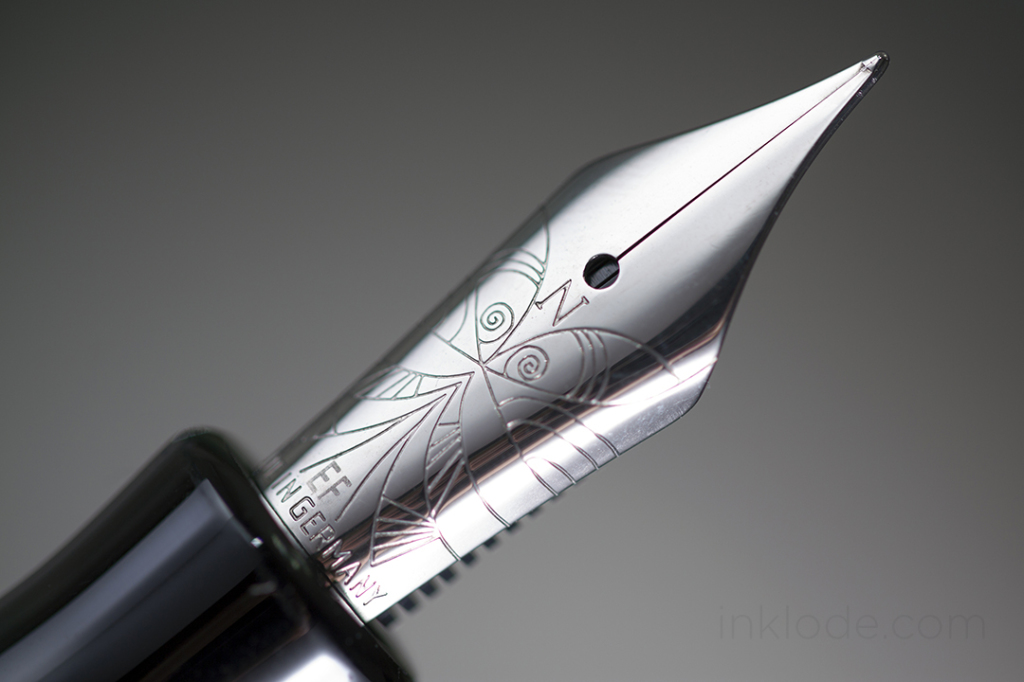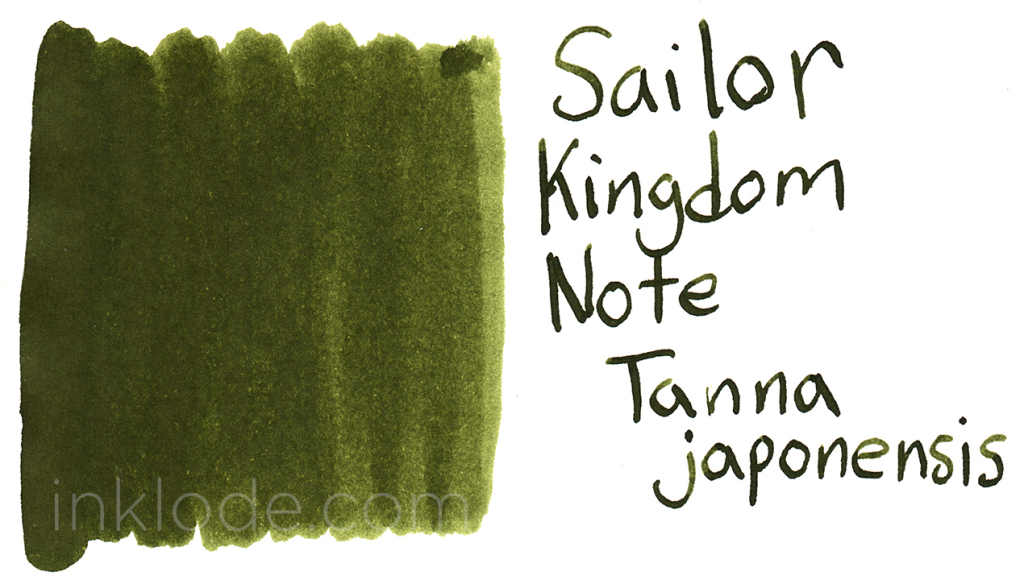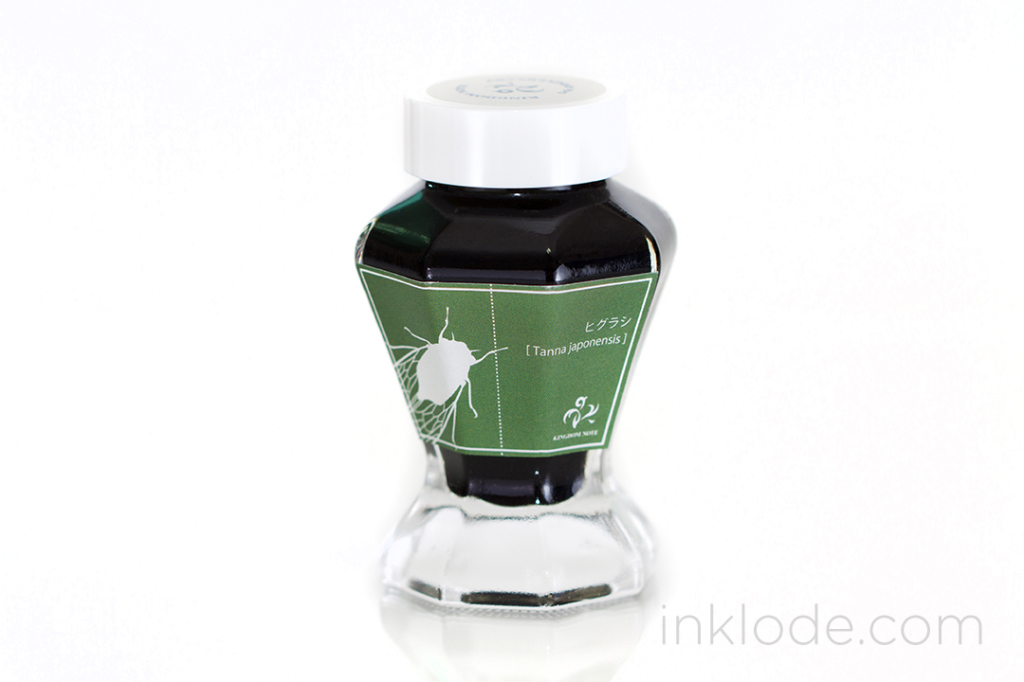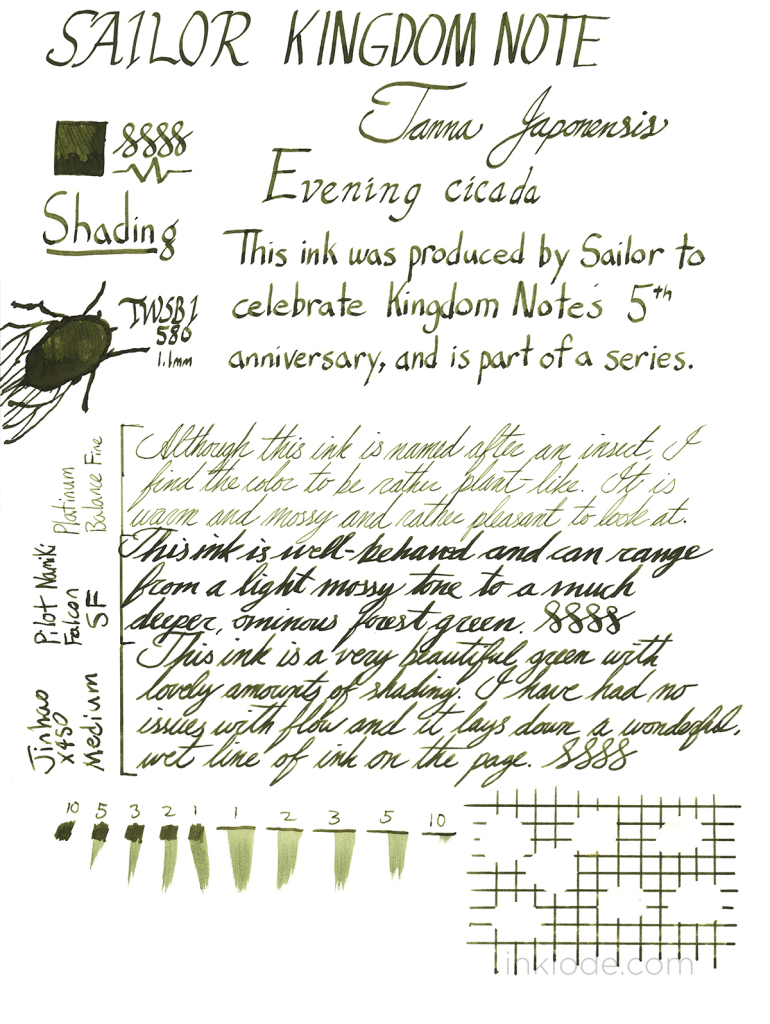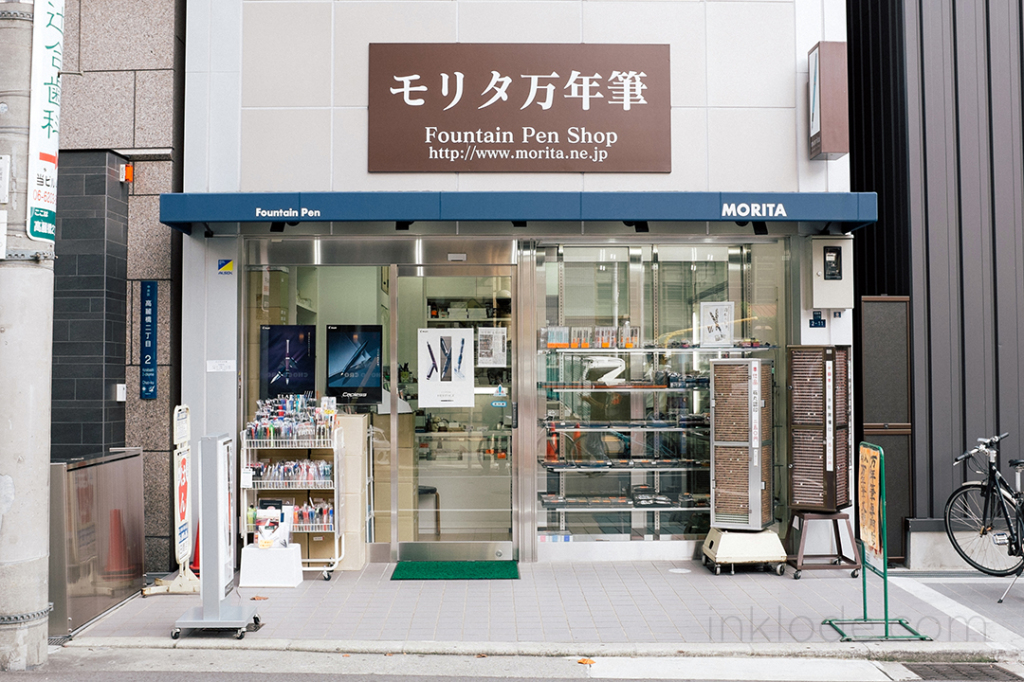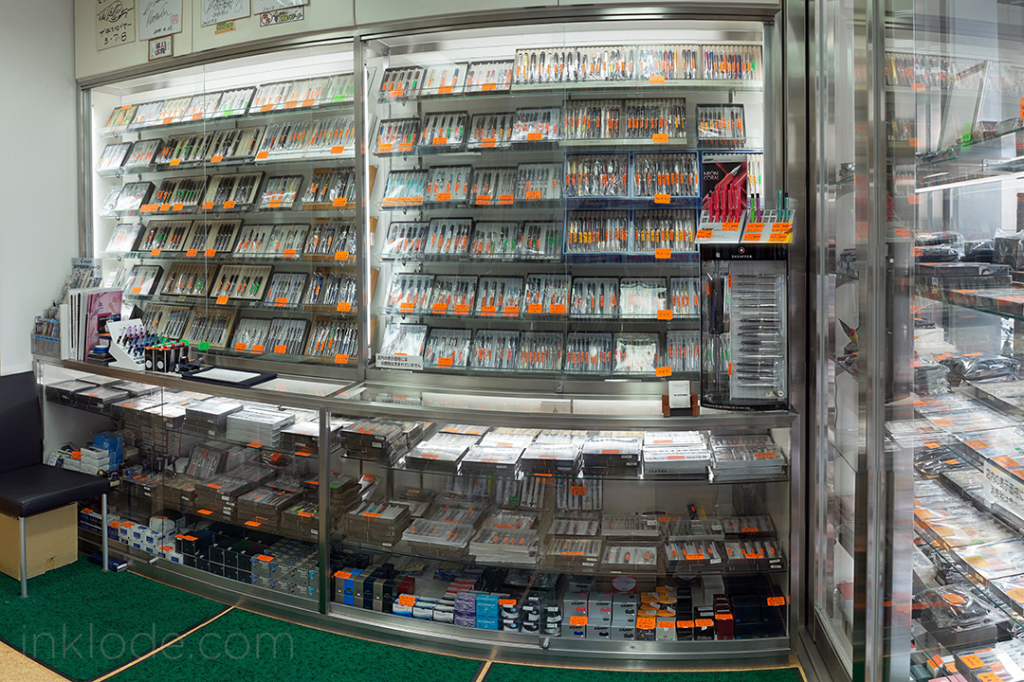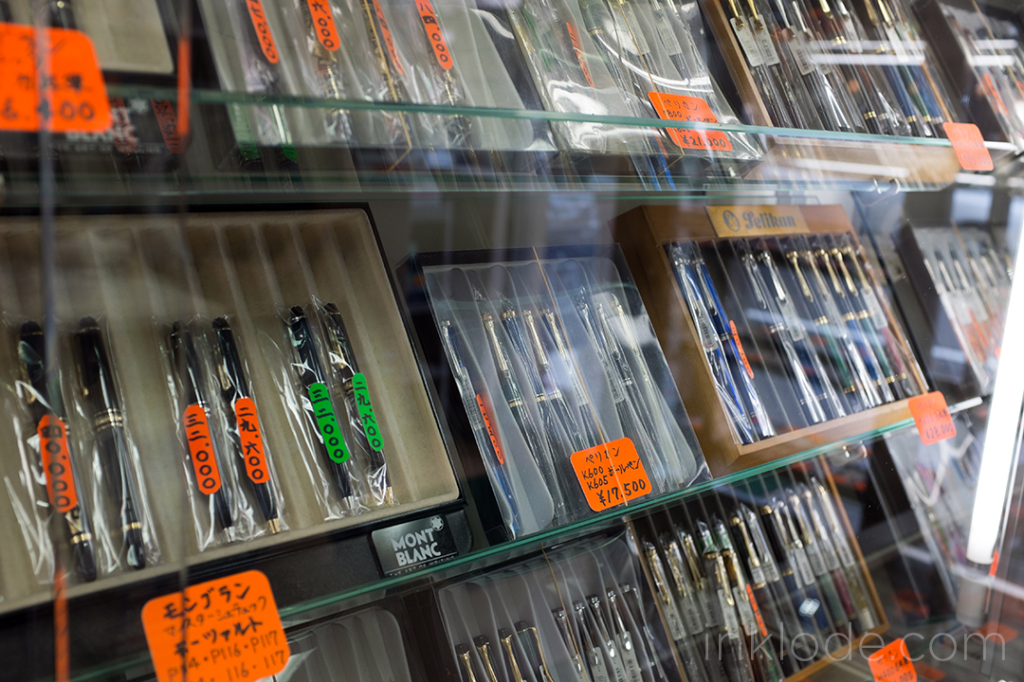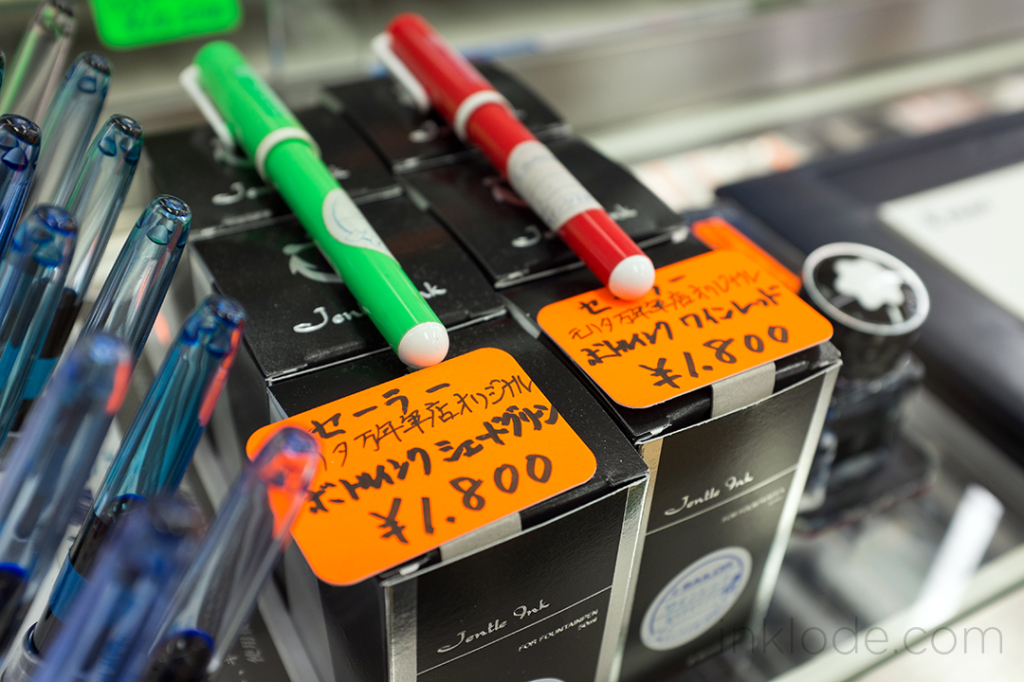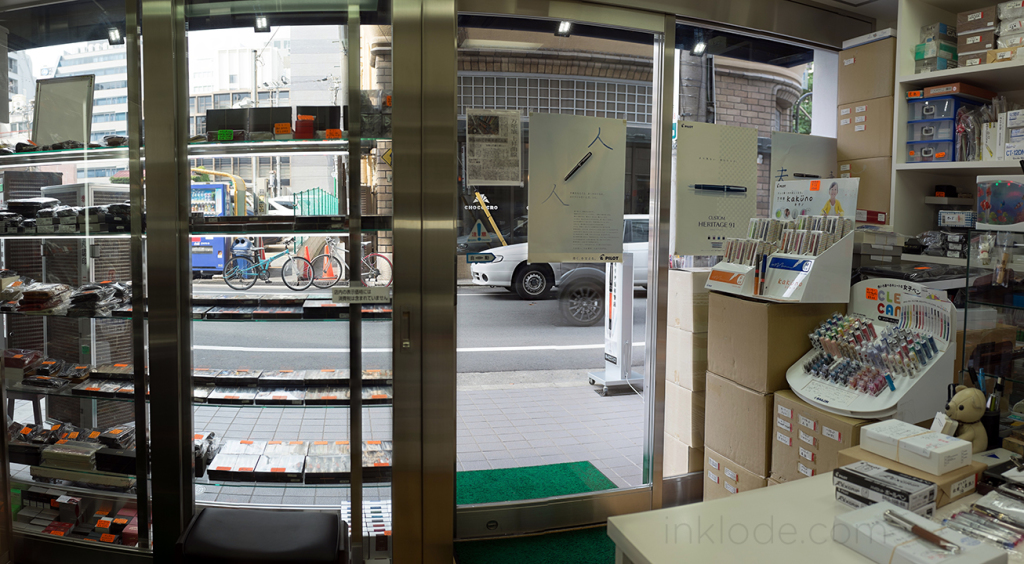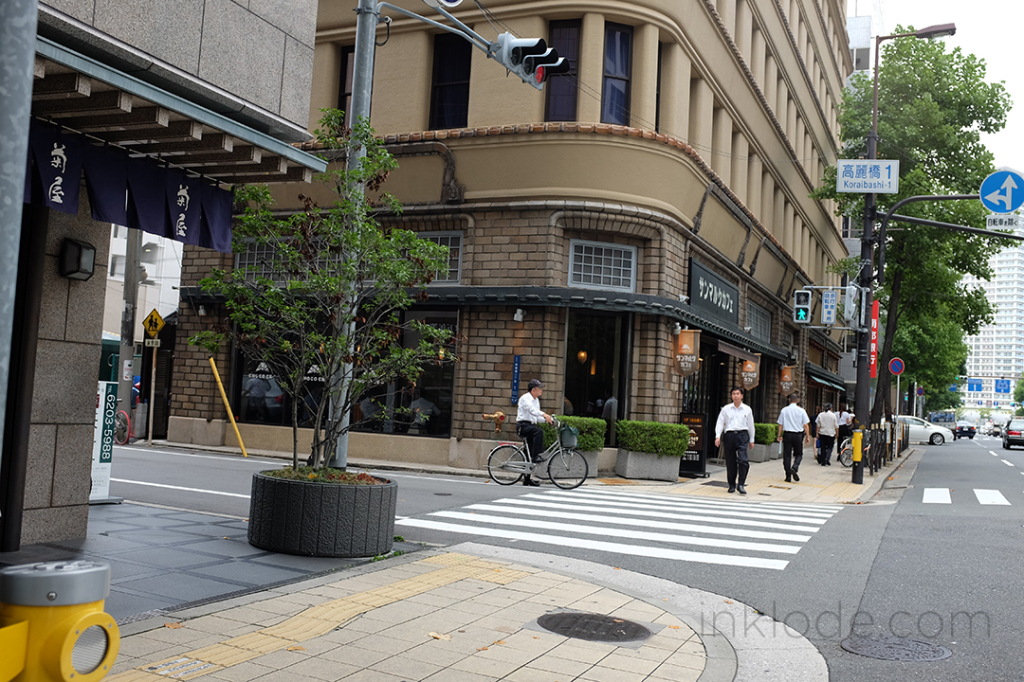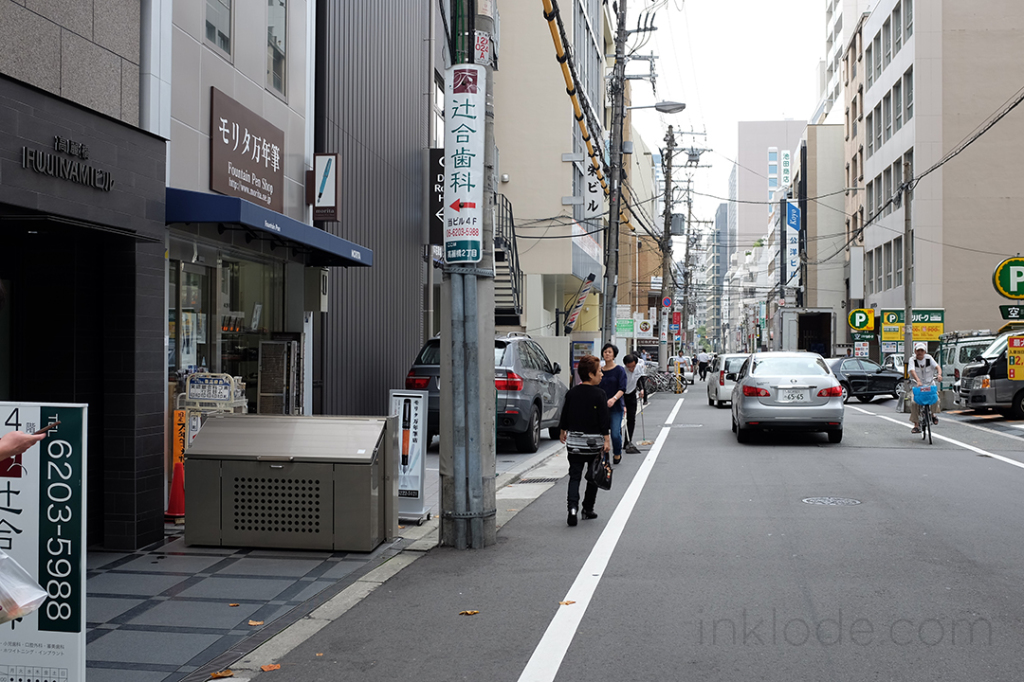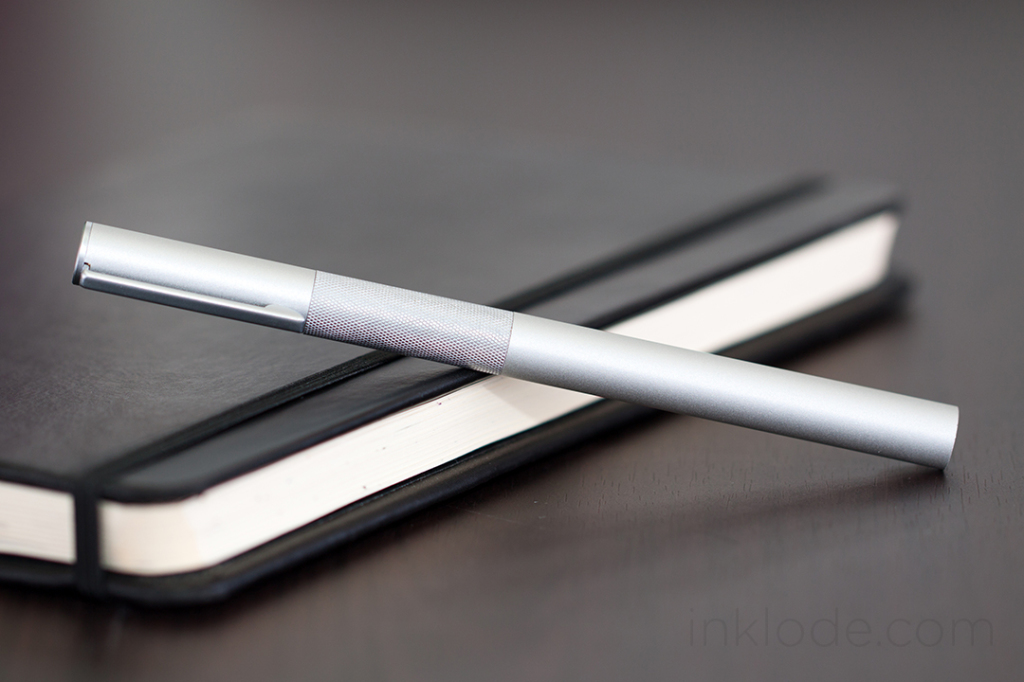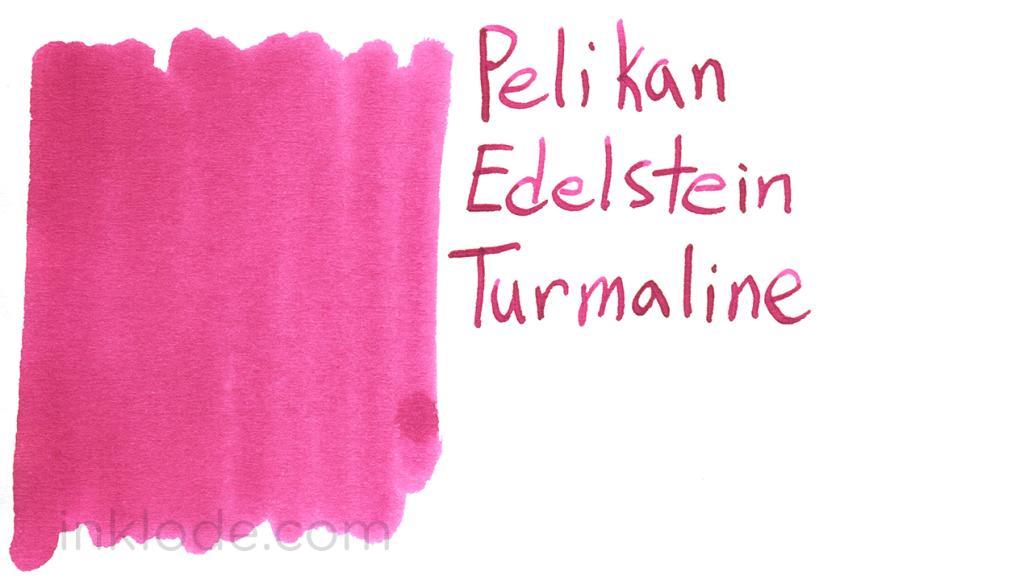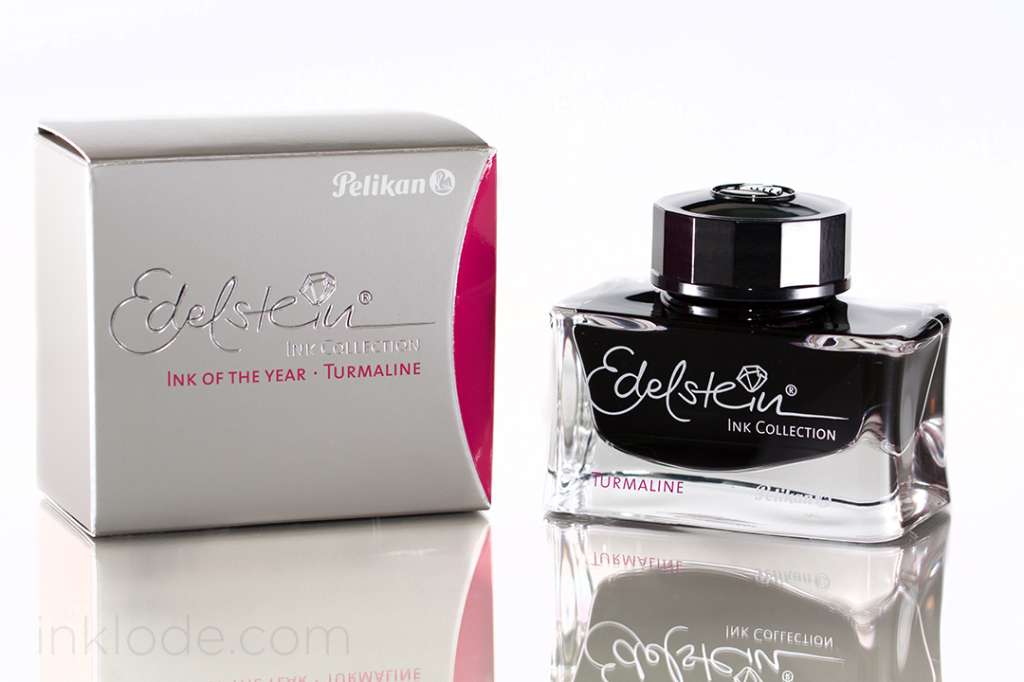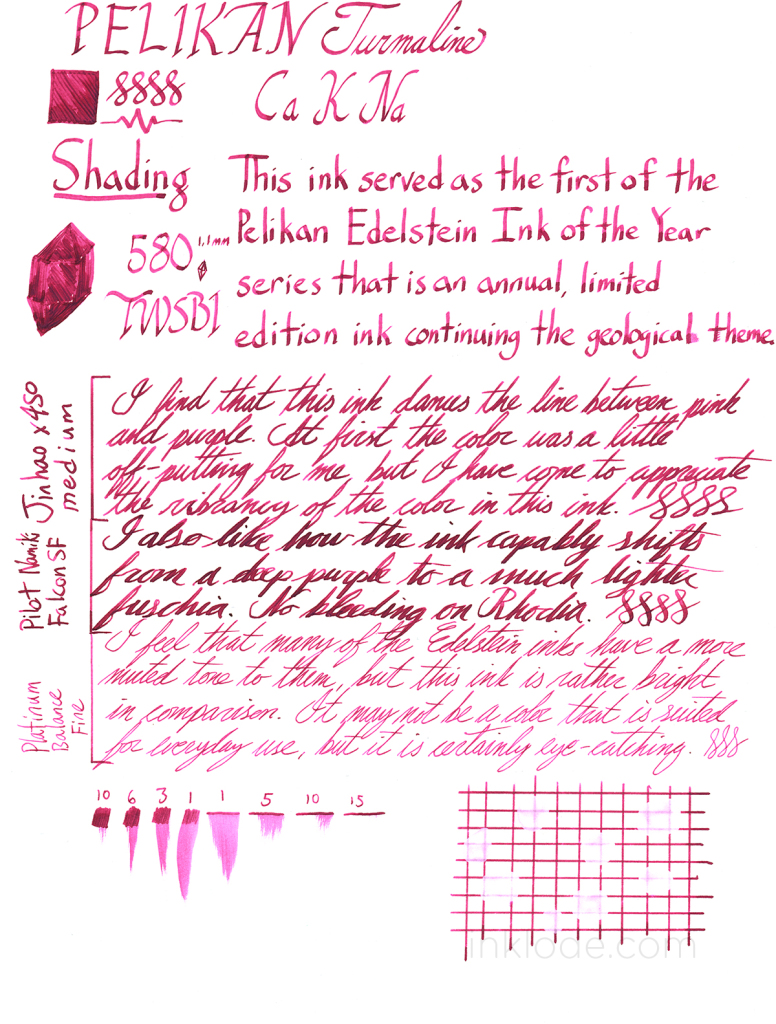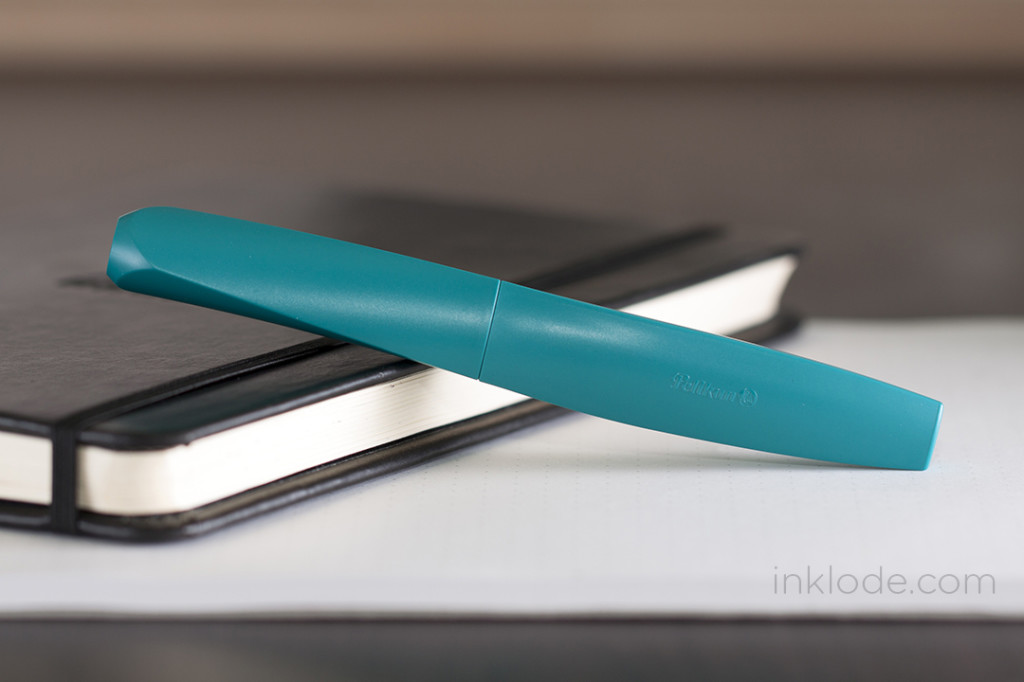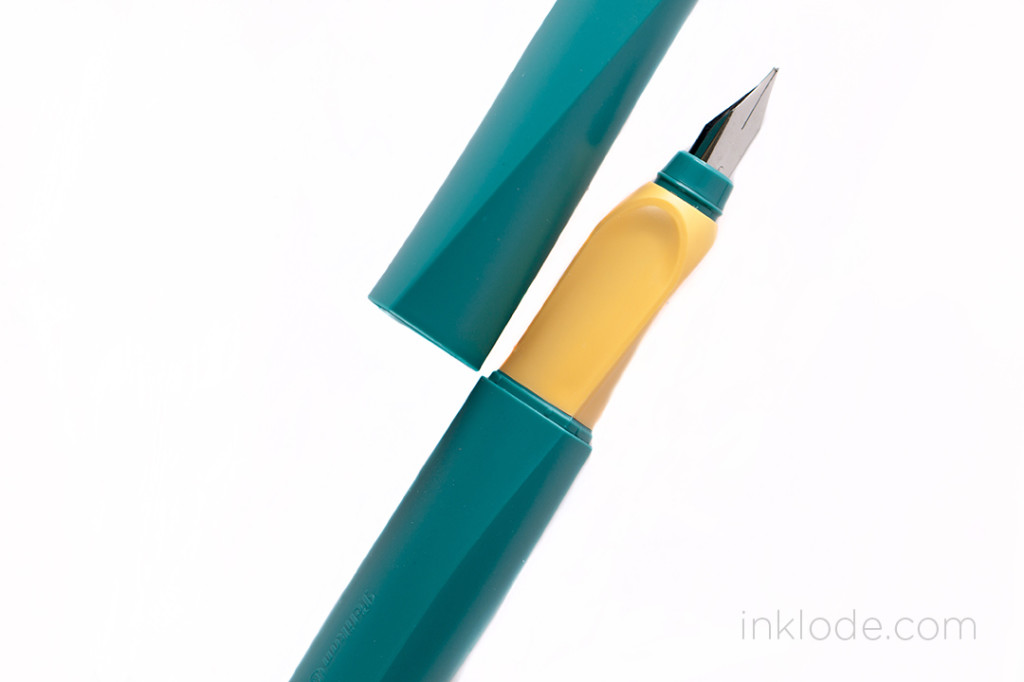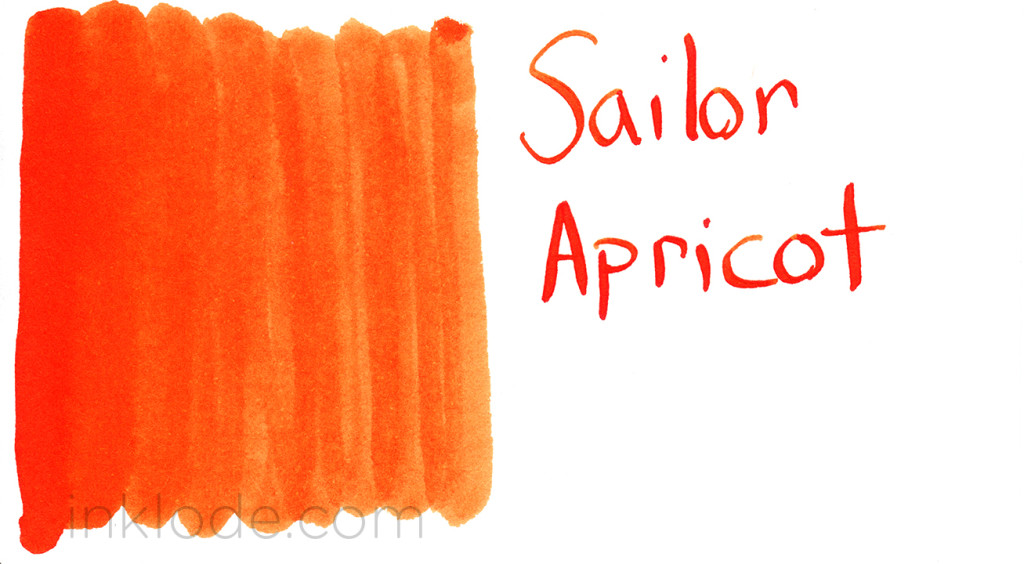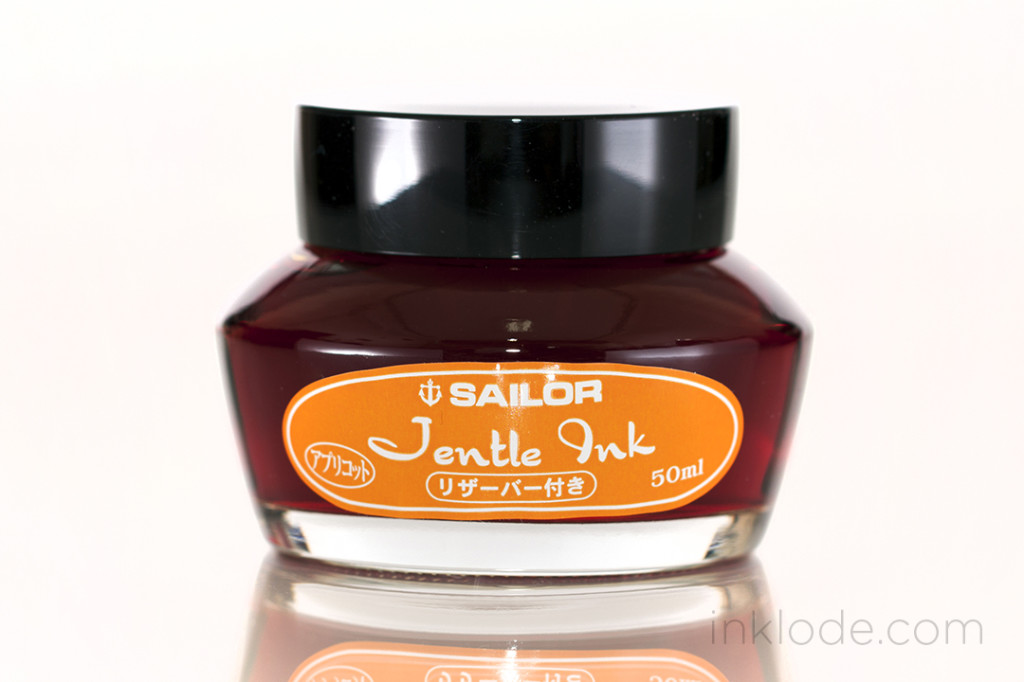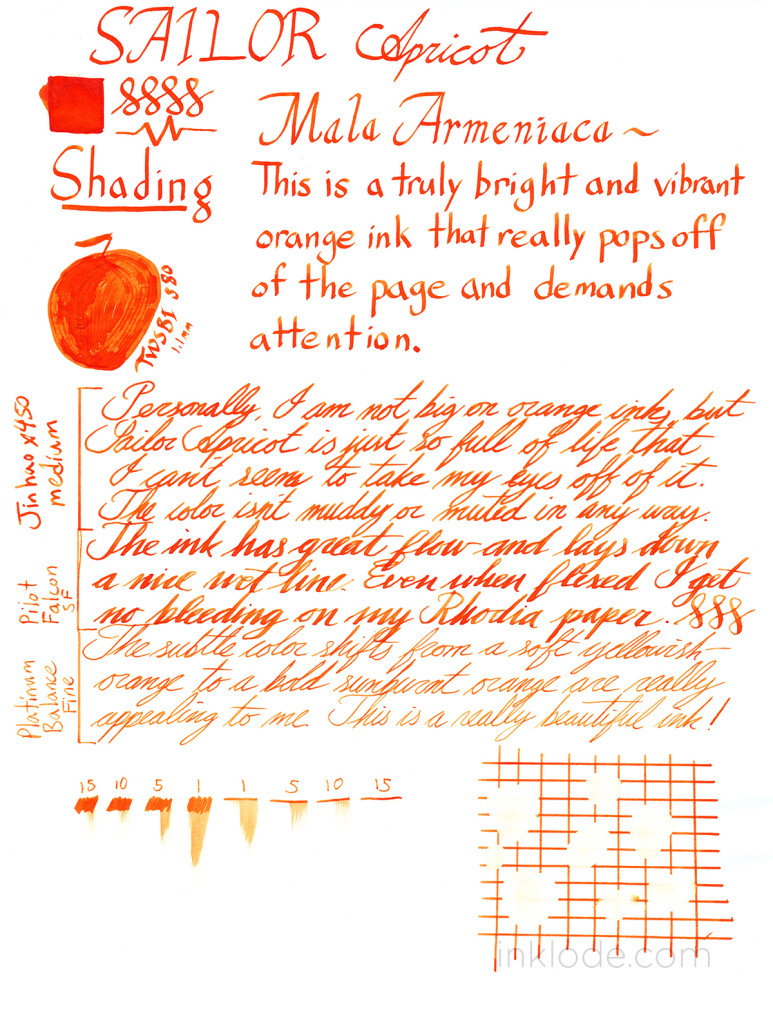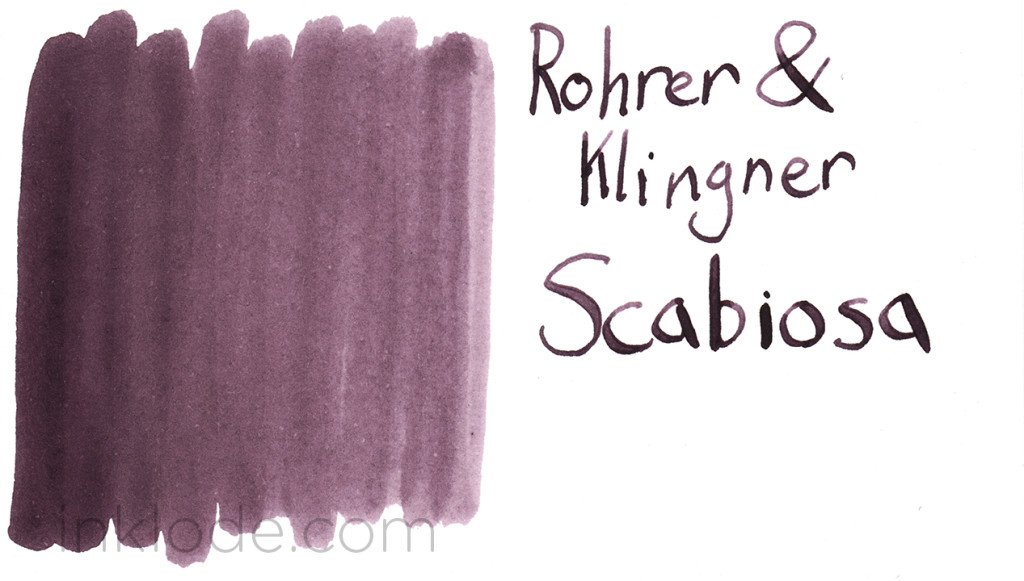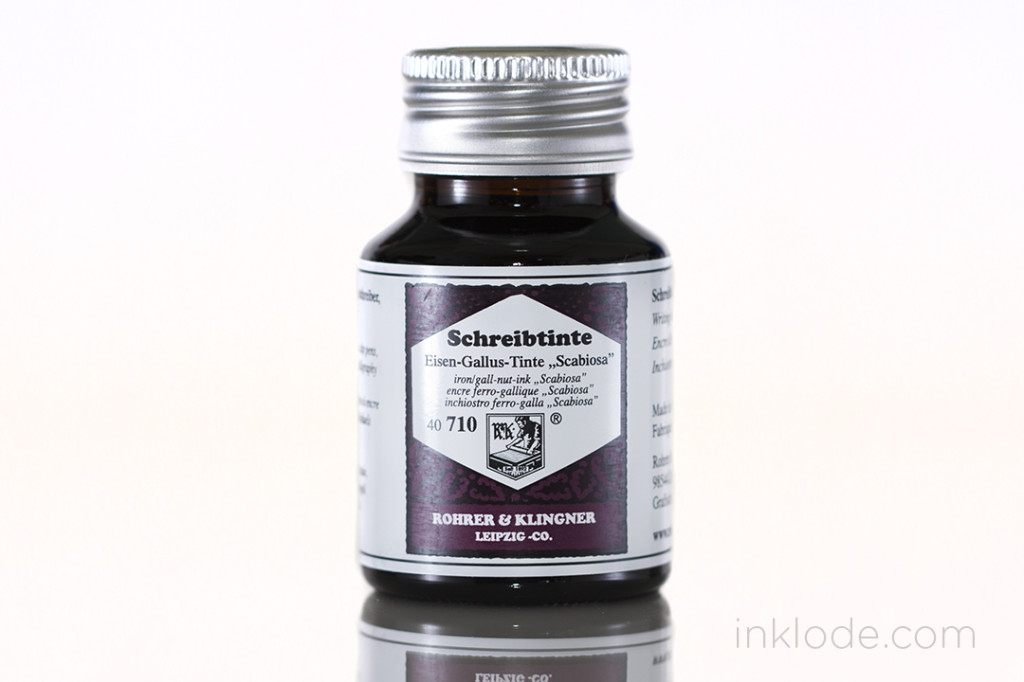Pilot Petit 1 Fountain Pen
- By Adam
- In fountain pens
- With 5 Comments
- Tagged with fountain pen Petit Pilot review
- On 30 Jan | '2015
When the hunt begins for affordable and compact fountain pen options, people eventually find themselves staring down a Pilot Petit 1. This pen is both affordable and tiny enough to slip into the tight pockets of a pair of skinny jeans. There are a handful of features that make this quite a fun little pen to have in your pocket. They come in a wide variety of colors—each with their own entertaining name. Unfortunately, several of the colors have been discontinued as the years wore on (and they were very difficult for me to get my hands on!)
Originally the pens came in 12 different colors (named below from left to right):
Correction: It appears that I am actually missing at least two colors from the very first generation. The hunt continues!
Black
Blue-Black
Blue
Clear Blue
Turquoise (discontinued)
Apple Green
Violet (discontinued)
Baby Pink
Cherry Pink (discontinued)
Red
Mandarin Orange (discontinued)
Apricot Orange
I was also pleasantly surprised to find that the colors of the actual inks were rather close to the colors of the pen bodies. The inks are all very nice—not too wet, not too dry, they go down on the paper smoothly and have no bleeding or feathering that I observed. (More in-depth ink reviews to come later!)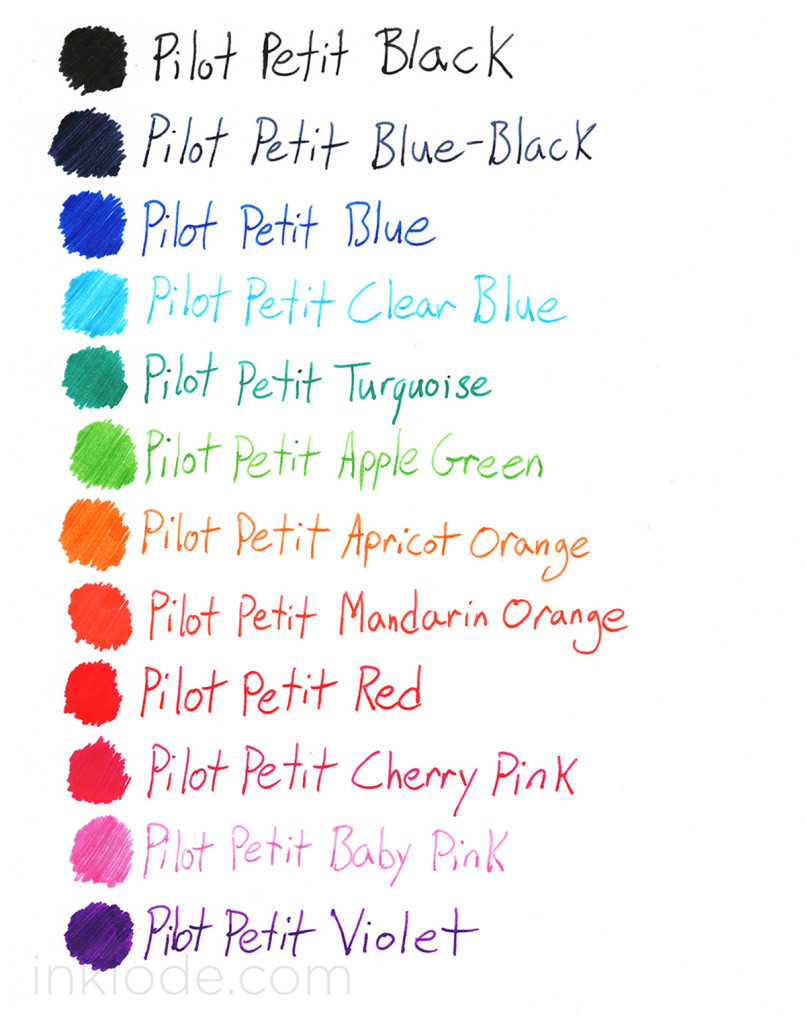
Due to its small size, the pen cap does not post deeply onto the body, but there are little bumps on the back of the pen that allow the cap to securely click into place. Even though the cartridges that it takes are diminutive, they are not terribly expensive and can be refilled with a syringe. For the more adventurous writer, there has been some reported success in turning these pens into eyedroppers, but not every story has been a successful one so proceed at your own risk. However, one of my favorite features of the Pilot Petit 1 is the clear feed. Upon closer inspection, the feed channel appears to be filled with a fibrous material that soaks up the ink (perhaps an effort to prevent drying). The first time you click a cartridge into the pen, you are treated with a view of the ink traveling down the length of the feed and saturating the nib (see video).
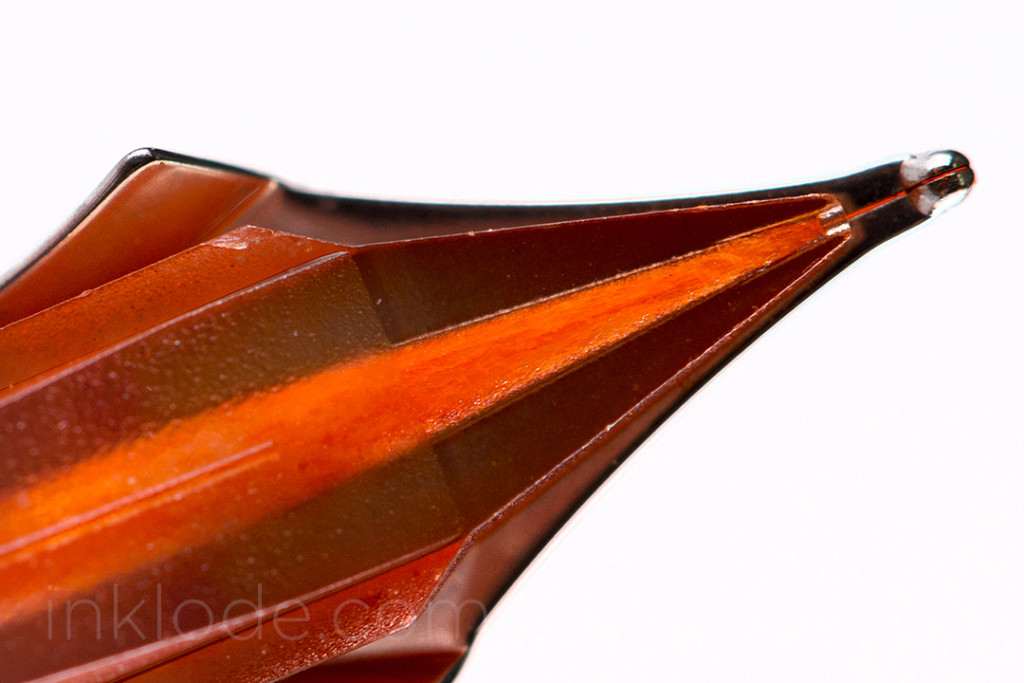
The current generation of Pilot Petit 1 pens were not the first. The previous iteration of the pen was shorter, had an opaque feed that was the same color as the pen body, and lacked the posting nubs on the back of the pen. However, they still take the same cartridges, and none of the construction materials appear to have been changed. The discontinued pens were discontinued after the previous iteration and therefore the discontinued colors do not exist with the current generation features.
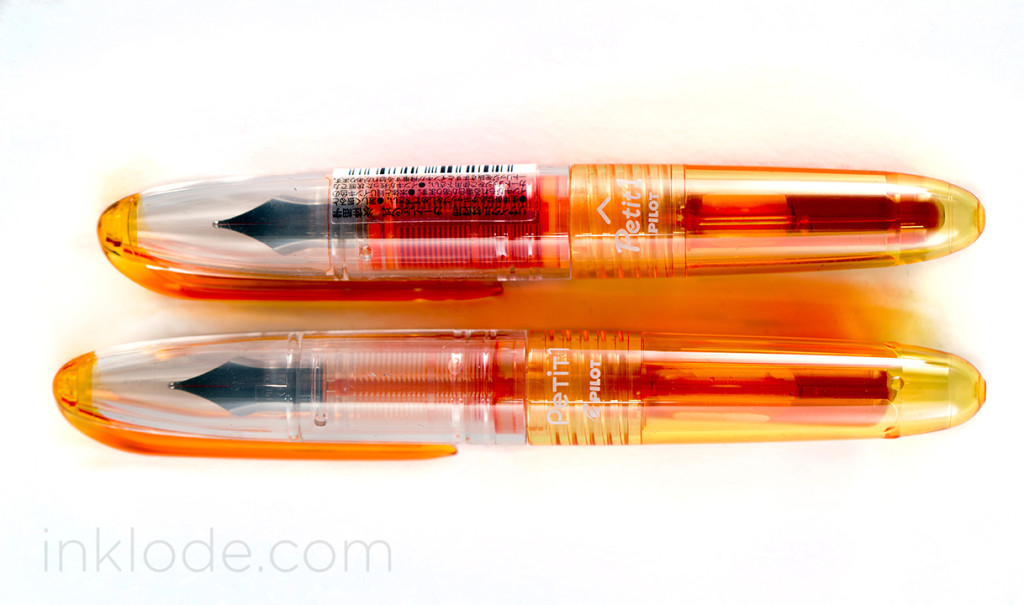
Below you can see the difference between the previous opaque feed and the current transparent feed. Aside from the actual transparency and color difference, the feed does not appear to have been changed in design or functionality. I always enjoy seeing transparent feeds implemented on pens where it is a good fit, and the playfulness of the Pilot Petit makes great use of it.
Of course, the real heart of the pen is how it writes, and the Pilot Petit is a fairly standard pen in that regard. Many people reported that their earlier generation pens were scratchy and unpleasant, but I have had no issues with either the previous or current generation as such. The pens are not super smooth, but they aren’t toothy. The feed has no trouble keeping up with any writing I threw at it, and the flow was decent. While the pen is definitely a bit short to write with comfortably, I found that posting it brought it up to a perfectly acceptable length to get some good mileage out of this pen.
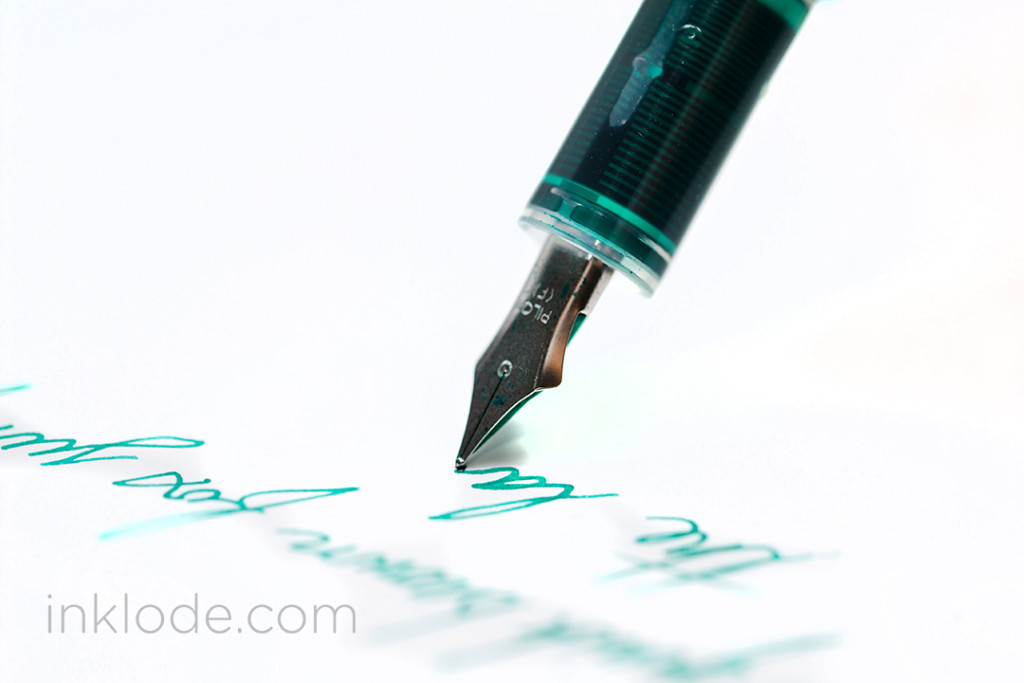
Personally, I think they are perfect little pens to bring along when you need to add a little color to your life in a small package. It is really unfortunate that some of the colors had been discontinued because they were among my favorite ones of the bunch. Regardless, for the price, these petite pens are a wonderfully colorful addition to my collection and I am happy to have them on-hand for the occasional excursion.
Sidenote: The Pilot Petit 1 also comes in a 2 (felt-tip marker) and 3 (brush pen) variety.
Like what you see? Subscribe to our newsletter!


